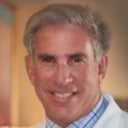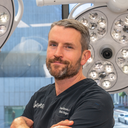Hi, I have had two breast fat transfers in the past 7 months, following a partial mastectomy and radiotherapy. Only a small amount of fat survived both times. I am wondering if a PRP or PRF enhanced fat transfer might be an option for my last procedure? Is this a safe procedure for a radiated breast? My surgeon believes it is the prior radiation affecting my results and I am keen to have one final go at fat grafting to see if I can achieve something close to the ever-elusive symmetry. Thank you!
Answers (8)
From board-certified doctors and trusted medical professionals
Dr. Mats Hagstrom, MD (license on probation)
Board Certified Plastic Surgeon
Answer
More Breast Fat Transfer Questions
See all Breast Fat Transfer Q&AWE SEND PRETTY
EMAILS
What’s trending? Who’s turning heads? Which TikTok myths need busting? We’ve got you. No fluff, no gatekeeping—just real talk. Get our free, unfiltered newsletter.




